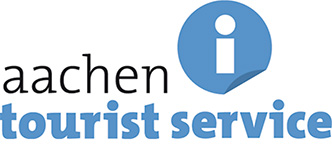Stage 29. Signal de Botrange (BE) to Butgenbach (BE)

Stage 29. Signal de Botrange (BE) to Butgenbach (BE)
Signal de Botrange is the highest point in Wallonia and in Belgium, located in the Hautes Fagnes (French), Hohes Venn (German) and Hoge Venen (Dutch), at 694 metres (2,277 feet). It is the top of a broad plateau and a road crosses the summit, passing a close by the café. Signal de Botrange experiences stronger winds than the centre of Belgium. The number of days of frost is over 130 days per year and the number of days of snowfall exceeds 35 days.
Bütgenbach (Province Liège) is located in the German-speaking eastern part of Belgium and has more than 5,500 inhabitants.
In 1795 Bütgenbach was annexed by the French and in 1815 it became Prussian. In 1920, Bütgenbach was given to Belgium in accordance with the Treaty of Versailles. In 1932 a dam was built in the river Warche and Lake Bütgenbach was created. In the winter of 1944, General Eisenhower was stationed here for a few days during the Battle of the Bulge.
Overview map and stats:

| Start: | Signal de Botrange (BE) |
| Coordinates (DD): | 50.501369 / 6.093313 |
| End: | Butgenbach (BE) |
| Coordinates (DD): | 50.430058 / 6.209715 |
| Distance: | 23,3 kilometers |
| Ascent: | 275 meters |
| Descent: | 399 meters |
| Elevation map: |

| Path, dirt road, nature trail: | 82% |
| Asphalt, road: | 18% |
| Pdf route map: | Go for download to page here |
| Gpx track: | Go for download to page here |
| KML file: | Go for download to page here |
- Pdf files are excellent for viewing.
- Gpx trackscan be uploaded to many devices, so you always know the direction to follow or your position.
- KML files can be uploaded in Google Earth. As result you get a detailed satellite view. You can even follow a videotour, which is a linear walk-through the stage.
Some highlights:
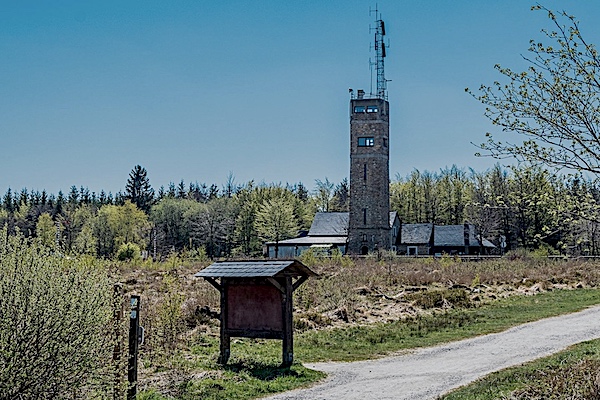
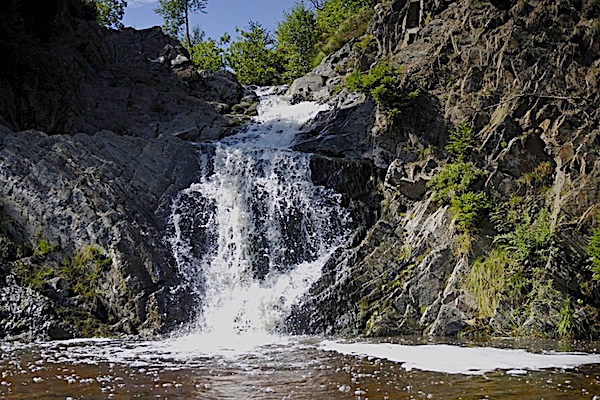
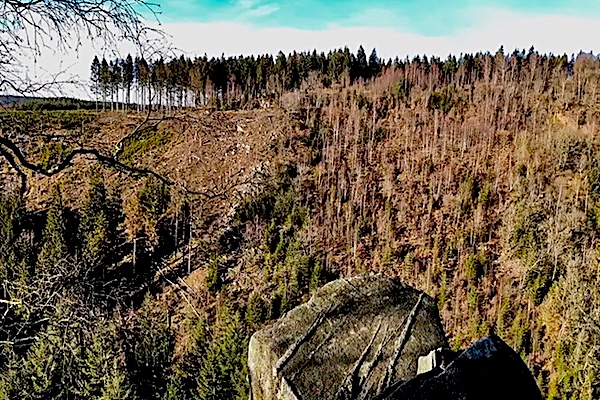

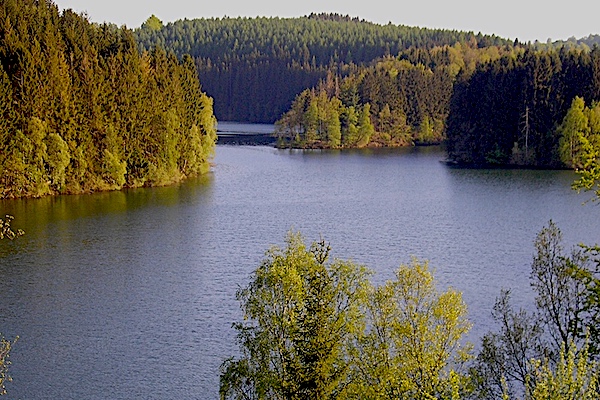

Nature Park Les Hautes Fagnes-Eifel (Naturpark Hohes Venn-Eifel),
is a cross-border park divided over Belgium and Germany and both countries manage autonomously their part of the nature park, read more…
Eifel National Park!
Was founded in 2004 and spans 110 square kilometers, is still classed as a “National Park in development”. Conservation areas within this category have thirty years to allow at least three quarters of the area to return to nature – it is only then that they fulfill the international National Park criteria. And over half of the area is already operating in line with the National Park motto “Let nature be nature”. This allows thousands of endangered animal and plant species to propagate in the special and newly created habitats. Thus, rare animal species like black storks, Eurasian eagle owls and wild cats can find the safe havens vital to their survival in the Eifel National Park.
Specific local info:
Sleep suggestions:
Interesting websites:

